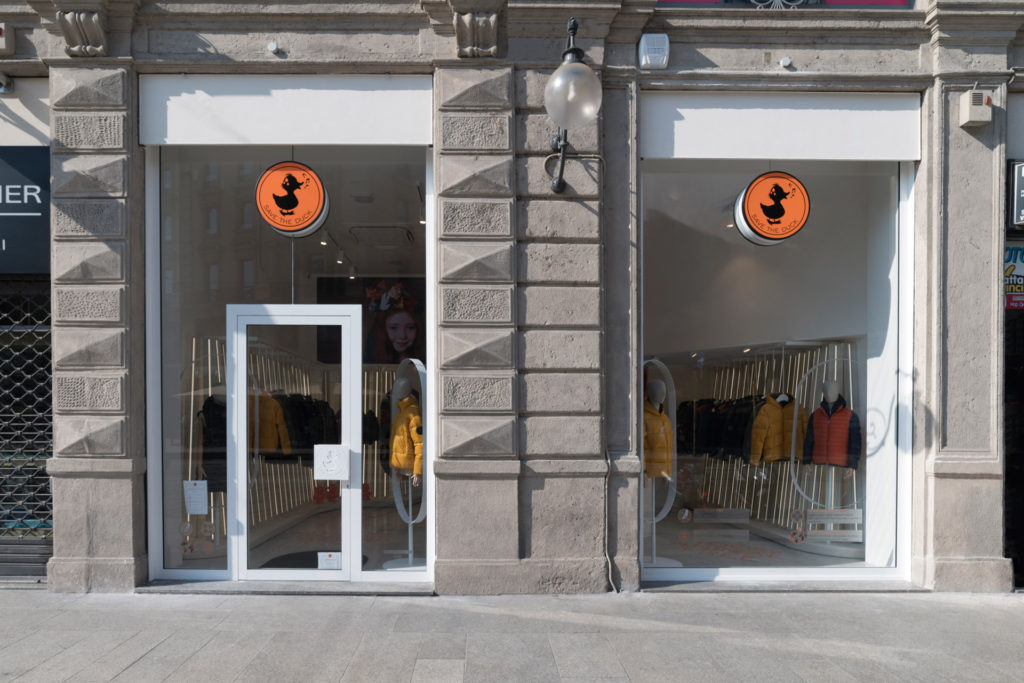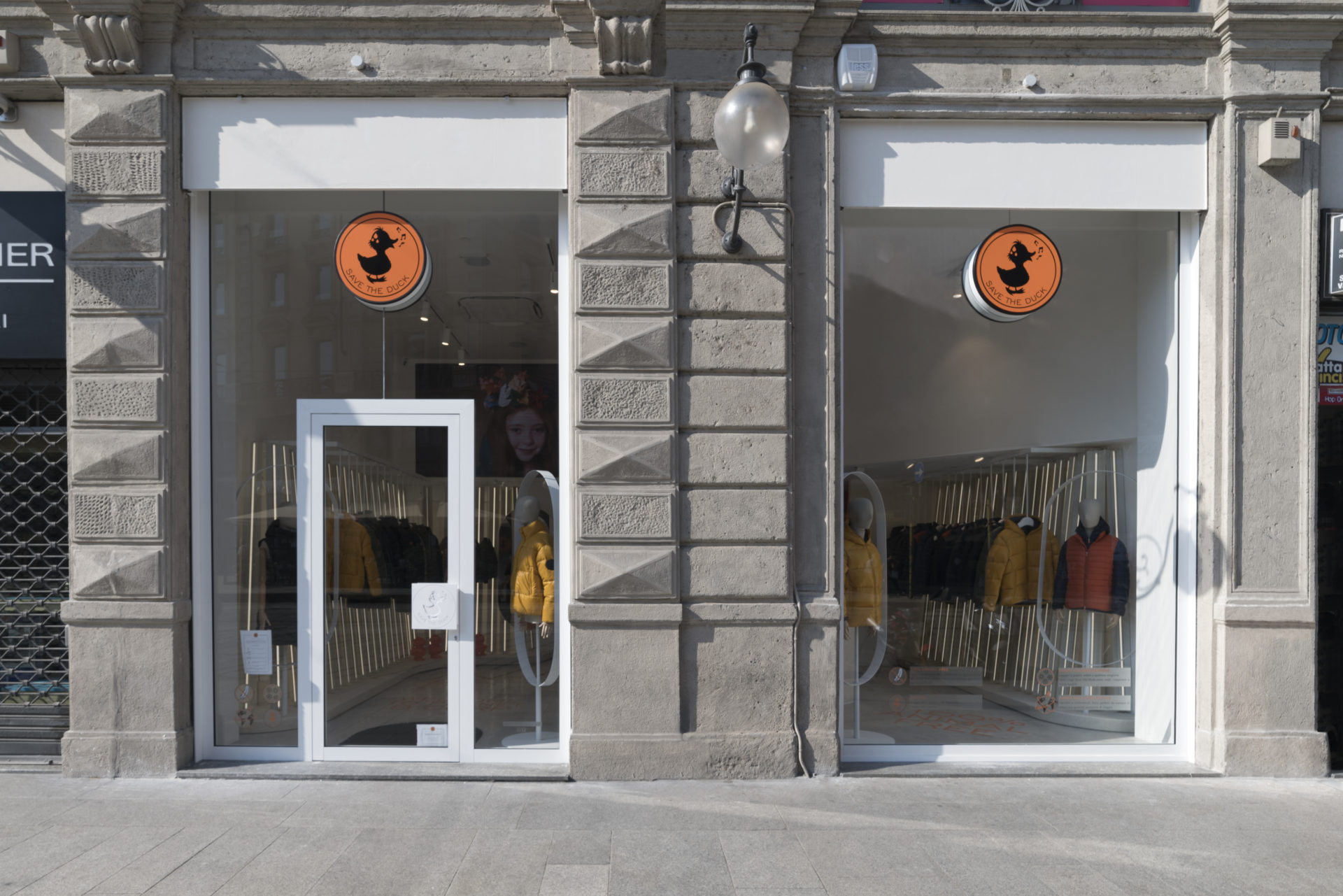11 minutes

Fashion is among the most polluting industries in the world.Fact.
Now you can:
A) refuse reality and stick with the sparkling, glittering idea of fashion creativity we hold dear in our hearts or
B) radically refuse fashion and pursue a rewarding activity as second hand shop miner or
C) investigate the deeper connections between fashion and culture and somehow steer their evolution.
A, B or C?
According to the London Textile Forum, In the last 15 years, production of clothing has doubled — and, at the same time, between 2000 and 2015 the number of times a garment was worn before it was thrown out decreased by 36%. £140 million worth of clothing is sent to landfill every year in the UK, and more than half of clothing given to charity shops or textile recyclers ends up in landfills or is incinerated. Greenpeace quite rightly argue that fast fashion is looking more and more like the single use plastic industry since an ever increasing proportion of garments are fabricated used oil derivatives and corporate profits actually increase the fewer the times a piece of clothing is used before it gets thrown in the bin. It takes between 10,000 and 20,000 litre of water to produce 1 Kg of cotton garments. On average we own 115 items of clothing and 30% of these are never worn before being thrown out. The list of shocking facts could go on and on. How can we ignore them? In a world damaged enough by the post-truth idiocy of flat-earthers, conspiracy theorists and climate deniers, at least for me, option A is just unconceivable.
Option B has a certain appeal, at least in theory… should we embrace our rebellious side and embark in a crusade against corporate fashion? Would our virtue signalling practice inspire others to do the same? Will we be kick-starting and snow-balling a cultural revolution? Would turning our backs to mainstream fashion solve our collective toxic addiction to wearable, instant gratification? To a certain extent, yes… but also not quite.
A pauperistic, genuine and authentic, grassroots alternative to corporate fashion has existed since the 1960s with a very distinctive identity and language, with a honourable background in niche trends established by religious minority groups. If a cultural revolution could sweep away industrial fashion, this would have happened by now. It hasn’t happened, yet, because our collective consciousness is still bound, hands and feet, from head to toe, to the symbolic value of mainstream apparel.
Even if, individually, we stopped buying clothes — now and for good — making do with creatively stitched patches of re-used fabric, the fundamental relationship between culture, meaning and aesthetics would, collectively, remain unaltered, supporting a powerful demand that, in the absence of appropriate — and effectively enforced — regulation, contributes to the destruction of Earth’s natural balance.
Unless we find a way to convey that very human desire for aesthetic symbolism into a climate healing practice our stoic lifestyle alone won’t save the day. In fact, by reinforcing the dualism between mainstream and alternative visions, the polarisation of factions will slow down even more our ascent towards sustainability.
A dualism is a relationship between two opposing elements. The risk behind dualistic relationships is that they entrench the position of the two opposites, preventing both sides to realise that the two alternative visions actually share the same denominator. Like faces of the same coin, we perceive dualistically opposed terms as fundamentally incompatible possibly ignoring deeper connections between them. Change won’t emerge from the ongoing head to head clash but from the awareness of their non-linear relationship and the transcendence towards a new paradigm. Dualism runs deep in the way Indo-European cultures have evolved and drives the way we perceive the world. Contemporary Western thinking draws from the idealism of Greek philosophy, which essentially split the world in two, between a domain of perfection where ideas, gods and numbers exist and a condition of imperfection, approximation and clumsy inaccuracy, which is where we live on Earth. For millennia our subconscious projection has been to break free from the imperfection of nature and aspire to the higher world above, gifted with exactness, light and balance. Monotheistic religions, which emerged shortly after Greek philosophies further entrenched the dualism between man and nature. A Cristian moral existence is a life-long exercise of penitence and redemption from an original sin none of us has actually taken part in and yet one that makes us all guilty. Heaven, the higher world of grace and perfection, can only be entered at the end of an earthly life of endured sacrifice and virtue seeking flagellation. Still regimented within the boundaries set by the religious authorities, scientific thinking emerged in Europe in the XVI and XVII Century shaping a powerful ideology centred on logic and operated through a rigorous method. Empiricism and positivism have turned us further away from the order of nature. In the pages of the Leviathan, Thomas Hobbes describes life before the formation of the state government as “nasty, brutish and short”. A struggle of every man (women don’t figure — ever) against each other. A natural life was seen as a depraved and violent one (more accurate and recent anthropological studies actually proved the opposite). Fired by the words of Descartes, Hobbes and Locke the industrial revolution kicked off on all, coal-powered, cylinders. The empiricism of European thinkers offered also a practical aide to the moral legitimacy of colonisation and slavery since native cultures were also seen as “nasty, brutish and short”. Colonial exploitation, rape, mutilation and murder were not seen as such but rather, more conveniently, as an act of grace able to end the misery of a bestial condition. The power of narratives, hey! It was only with the Romantic movement well into the XIX Century that nature would become once again a source of inspiration albeit only metaphorical. The romantic movement nevertheless caused a seismic shift in western ontology providing a counterbalancing push which has allowed crucial struggles such as feminism and social equality to come to light. Despite romantic art making great inroads, all the way up to the 1970s with the first and second energy crises and the very contemporary and dramatically cogent crisis of Global Heating, our collective quest as humankind has been to survive and thrive despite nature, against nature, notwithstanding nature. The grip of dualism on our culture is such that where humans thrive Nature has to give way. This dualism, which is thermodynamically incorrect and philosophically delusional, is killing us and the rest of life on Earth.
Whether we see it or not, we are bound to see the world through the separating lenses of human culture. Unless we upgrade culture, our ontological narrative, our delusion of independence from nature will bring us to extinction.
I refer to culture here not like the injection of cosmopolitan allure that a Sunday afternoon art exhibition at the Tate Modern used to provide the lives of Londoners with in the pre-Covid world. I mean culture as the overall framework of meaning seeking, language based practices, shaped by humans in opposition to the natural instincts of our primate ancestors. Culture for humans is like water for fish. We can’t see it, yet it shapes the way we perceive our lives. It provides us with a cognitive medium. We are literally unable to make sense of reality beyond the domain marked for us by culture. And fashion, no matter how high or low, is part of culture. We associate a certain value to the language of clothing because its form has a symbolic relevance in our society. We are so embedded in the medium of our semantic framework that we perceive culture as natural. Like water for fish, or air for terrestrial creatures, we can’t see the medium in which we evolved yet such medium shapes us every moment of our life.
Fashion is a subset of culture. Culture is shaped by humans and, at the same time, shapes humans. So does fashion. It is essential to revise our culture, questioning the very idea of progress in the context of a planet with limited resources and broken thermodynamic and biological balance. The good news is that we have a huge number of options to choose from. Technology has never been the issue, despite the misinformation channelled by the media. The real debate is cultural, political, personal. It is a matter of choice. We can choose a better future. Both in culture and in fashion.
The question becomes: is it better to push forward a radical alternative to mainstream fashion so to let new ideas emerge or to support those inspired established producers that have the investment capacity and the will to implement better technology at scale ?
The non dualistic answer is: both. On the one hand, it is important that we all understand that the time for “green growth” has finished. The optimism of the 1990s and early 2000s has been burnt to the ashes by the raising temperatures, extreme weather events and rising CO2 emissions that have been piling up since. Thinking that sustainability will prevail because it is more appealing to the market has sadly proven to be wishful thinking. The situation is so desperate that the time has come for radical choices, boycotting at scale and loud activism. On the other hand, for the very reasons explained above, we can’t afford to stifle the momentum of change by polarising the conversation between two opposite camps. This is particularly important in the context of the nefarious impact of short sighted social media algorithmic echo chambers. Our quest for a sustainable fashion industry has to be a rising tide that brings everyone up with the mounting swell. How to be radical and reformist at the same time?
Whilst other sectors like construction, energy and transport have clearly defined supply chain mechanics, which make top down regulation inexpensive and effective, fashion is so fast and ever shifting to make it hard to pin down with legal constraints. This does not equate to a call to deregulate fashion! I would welcome clear and effective rules on maximum use of water, fair labour conditions and a harsh CO2 and biodiversity loss taxation yet the reality of a globalised market is such that, at least for fashion, inspiring the demand side, rather than only regulating the supply side is likely to deliver positive impact more effectively and quickly.
Part of the solution is to support alternative businesses to push further, reassuring those brands that, following the footsteps of Yvon Chouinard and Patagonia, have made sustainability and responsibility the core of their positioning. Through my design studio Marcel Mauer I had the honour to help with our design one of these brands for almost three years now. Experience tells me that that responsible fashion businesses need our support. Frankly, if you ask the CFOs they will probably say that they primarily need our money, but beyond the bottom line what defines the success of a sustainably minded business is to track the alignment of their mission with the evolution of culture. Particularly as small brands grow, the pressure from shareholders and financial managers will build up to reduce risk, ring fence growth and ensure dividends. Unless the spirit of the founders and CEOs is strong and clear, and constantly maturing to higher and higher ambitions, well meaning enterprises can fall short of their own predicaments.
Like fashion, also the market is a cultural narrative as much as money is a social construct. Like our culture also the market and money are embedded with the myth of separation from nature. It is therefore entirely reasonable for sustainable and ethical businesses to loose the plot as they grow. As human beings, we are shaped by our ontological medium, which is our culture, and we become more and more attuned to the values we are surrounded by as we grow older in a certain community, in the same way brands and businesses are shaped by the market surrounding them and, despite inspiring founding ideals and rebellious startup youth, mature brands and business tend to become more and more the same, pursuing similar supply chains, risk management strategies and product lines. The same pressure from the outside is also reflected by a pressure from the inside. A business needs technically proficient staff to run smoothly, what deranged HR department would hire an entire workforce of climate activists to operate a fashion label? That pressure for conformity is the single most dangerous risk that can prevent our transition towards a sustainable fashion industry.
Having worked as an architect and designer in the retail and fashion industry for the last three years my belief is that the relationship between customers and brands should find new levels of transparency, trust and mutual commitment. Those inspired CEOs behind Patagonia, Tretorn and Save the Duck need to feel that culture is shifting more and more towards their ideals to find the confidence to push the envelope further despite the internal and external pressure to conform. The more we, customers, demand sustainability, the lower the risk on R&D investment and fossil fuels divestment is perceived, the more alternative ways to produce and distribute clothing are deemed feasible. Alongside supporting good business behaviours, responsible customers should actively boycott negative ones. Active engagement should be leveraged to expose the ugly truth of fashion borrowing from the effective strategies of activists groups such Peta, Greenpeace and Extinction Rebellion.
When with my design studio Marcel Mauer, we started collaborating with Save the Duck for their retail design concept we used a simple, playful metaphor: “The jacket is not a jacket, the jacket is a supersuit. The customer is not a customer, she is a superheroine. The store is not a store, the store is a disguised outpost run by a secret ethical activism organisation. The brand is not a brand. The brand is a movement”. That simple metaphor inspired three years of work, pushing us to open a first concept store in Milan built at break-neck speed in less than two months, profusing a monumental amount of detailing, refining and perfecting into the industrialisation of the retail design handbook allowing for circular re-use of components for pop-ups, travel retail and standalone stores, designing and manufacturing a 100% recycled plastic, bespoke designed lighting fitting— now used in all stores worldwide — opening more stores in Hong Kong, Tokyo, Barcelona, Venice, with pop-up stores appearing in most of the northern hemisphere whilst pursuing an ongoing strive to decarbonise our palette of materials, which lately resulted in the specification of RiceHouse technology, a suite of construction and finishing materials produced from the waste byproduct of rice farming. Our work with Save the Duck has recently reached a new milestone with the opening of their flagship store in Cordusio, Milan, a few steps away from the iconic Duomo cathedral.
I love Save the Duck and I want them to rise to new heights to higher and higher quality, success and positive impact. I am also aware of the pressure that the cultural medium is exerting, from the inside and the outside, on individuals and companies alike. I am all too painfully alert of the slow evolution of culture towards a non dualistic, symbiotic relationship with the rest of life on Earth. Statistics and markers leave very little hope for the future of industrial activity on Earth. But evolution did not unfold linearly and we could restore the balance of the biosphere in one generation. And yes, also fashion has a part to play in this. And all of us, non naked humans, with it.
Leveraging the promethean powers of digitally augmented communication I dream of a new culture where a global human tribe could sit around a virtual fire — and a real one — sharing stories of how each individual, business and industry has suddenly woken up from the myth of separation, breaking free of the ties of dualism against nature and rediscovering purpose and meaning in life.
Fashion, as a subset of culture, needs our active engagement to evolve towards a sustainable future. I hope that our somewhat naive design metaphor “the brand is a movement” will become “the customer is the activist” or “the biosphere is the shareholder”. Extreme times call for extreme measures. We need ethical businesses to take extremely bold and courageous steps towards a responsible culture, changing the impact of Homo Sapiens from destructive force to healing energy and stewardship of all life on Earth.

